Giorgio Morra PHOTOGRAPHY
SPACE ON TIME
Protection seekers who come from the embattled Ukrainian territories and who have usually been on the move for several days arrive day after day in Chișinău, the capital of Moldova.
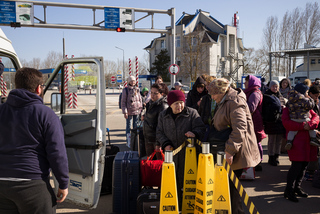
Since Russia’s invasion of Ukraine, millions of people have fled to neighboring Moldova. Schools, gyms, community centers, and fairgrounds now serve as emergency shelters. With a population of approximately 2.7 million, Moldova is one of Europe’s poorest countries and has taken in an estimated 370,000 refugees, according to international organizations. Early on, the government warned of a potential collapse due to scarce resources and limited external support. Although EU countries, the U.S., and private organizations are providing aid, the burden of supporting and integrating refugees falls primarily on Moldovan civil society.
Most refugees come from heavily affected cities in southern Ukraine, such as Mykolaiv and Kherson. The southern border town of Palanca, near Odesa, has become a central transit point. Various organizations, including the german organization "Be an Angel" or the UN Refugee Agency, are aiding with supplies and organizing transport to the capital, Chișinău, and further into EU states.
Republic of Moldova. March 2022
–
Seit der russischen Invasion in der Ukraine sind Millionen von Menschen in das benachbarte Moldau geflohen. Schulen, Turnhallen, Gemeindezentren und das Messegelände – all diese Orte dienen als Notunterkünfte. Das kleine Land mit rund 2,7 Millionen Einwohnern ist einer der ärmsten Staaten Europas und hat nach Schätzungen der internationalen Organisation über 370.000 Flüchtlinge aufgenommen. Die Regierung warnte frühzeitig vor einem Zusammenbruch aufgrund knapper Ressourcen und fehlender Unterstützung. EU-Länder, die USA und private Organisationen leisten zwar Hilfe, aber die Zivilgesellschaft trägt die Hauptlast bei Versorgung und Integration.
Die Mehrheit floh aus stark betroffenen Städten im Süden der Ukraine – wie Mykolajiw und Kherson. Der südliche Grenzort Palanca in der Nähe von Odessa fungiert als zentraler Durchgangspunkt. Verschiedene Organisationen, darunter die deutsche Organisation „Be an Angel“ oder das UN-Flüchtlingshilfswerk, unterstützen die Versorgung vor Ort und organisieren Transporte in die Hauptstadt Chişinău sowie in weitere EU-Staaten.
Republik Moldau. März 2022
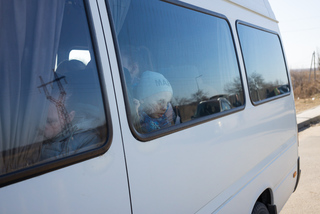
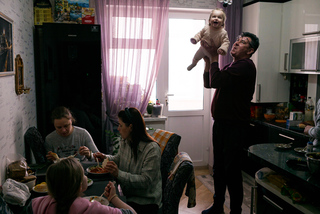
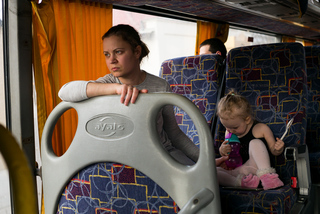
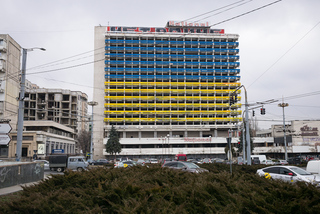
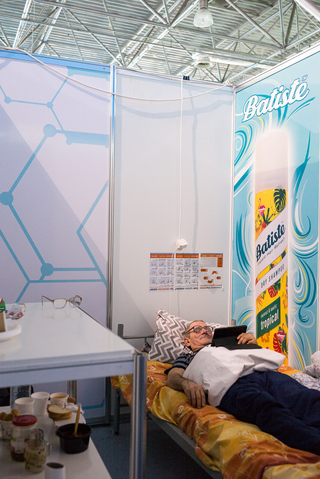
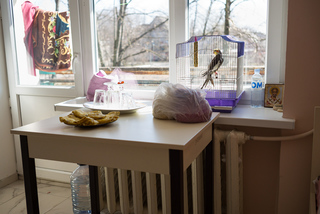
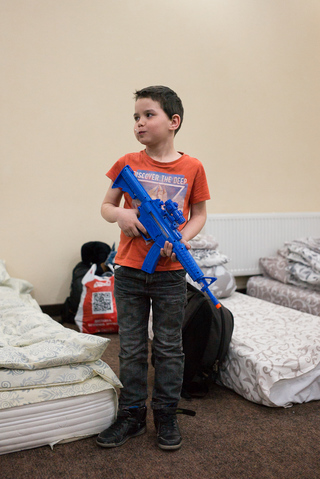
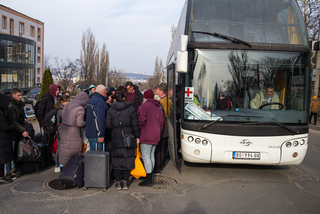

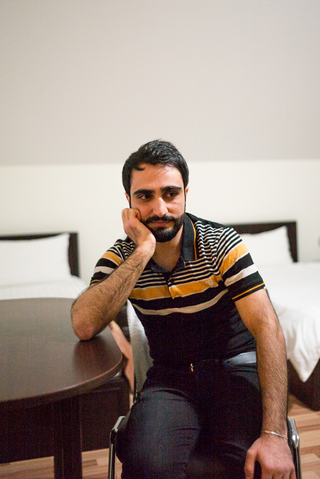

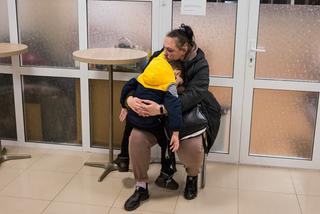
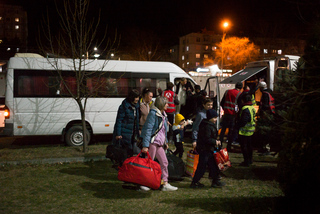
JavaScript is turned off.
Please enable JavaScript to view this site properly.